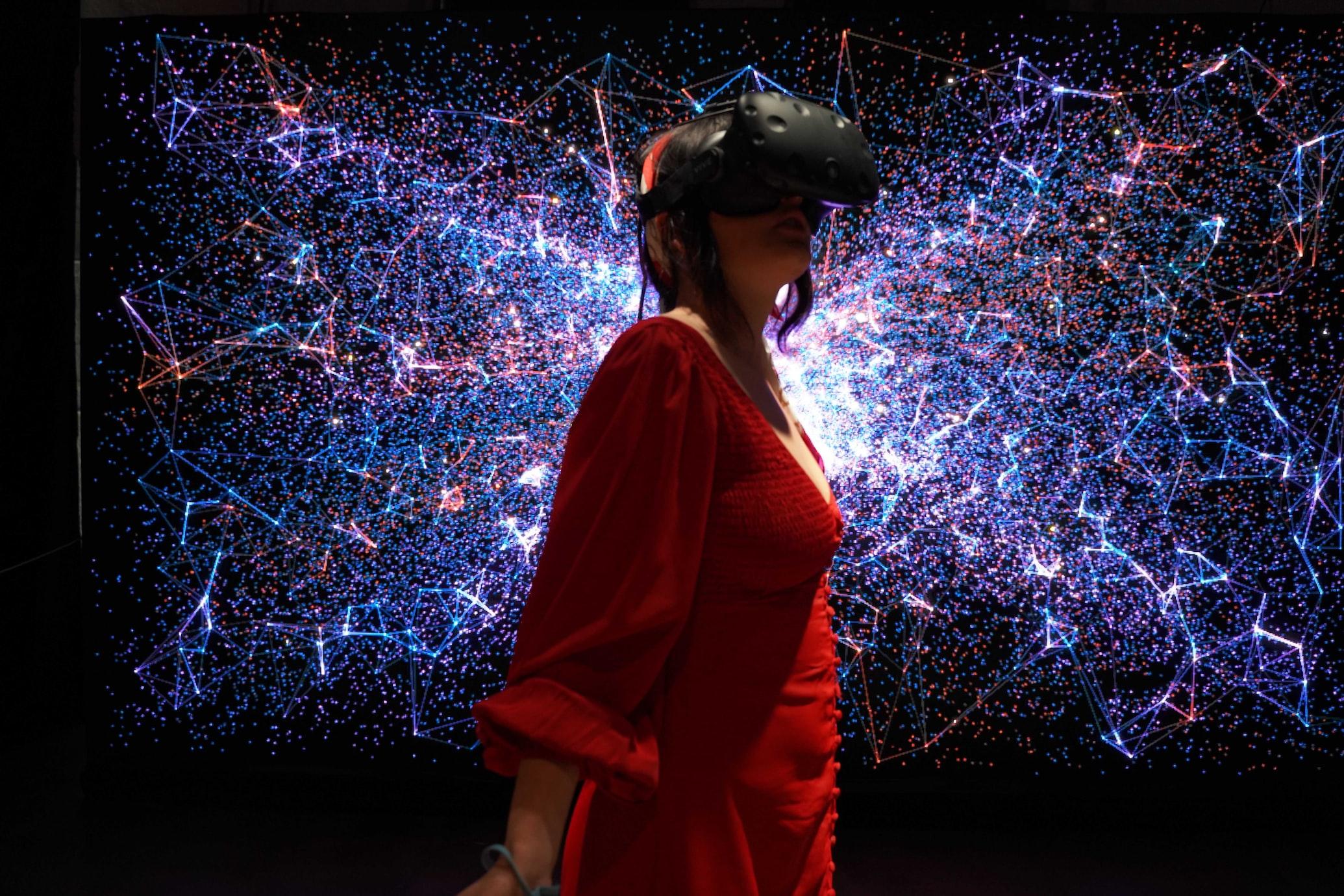Virtual reality (VR) has significantly changed the educational scene in recent years. As technology develops, it is becoming increasingly common to incorporate VR tools and apps into classrooms, providing students with immersive learning experiences that were previously unthinkable. This article explores the top educational VR tools and apps for use in the classroom, highlighting their potential to transform teaching and learning.
1. Google Expeditions
Google Expeditions is a pioneer in educational VR. It provides teachers with a library of virtual reality field trips that cover a wide range of subjects, from history and science to art and culture. With a simple app and affordable cardboard VR viewers, students can embark on virtual journeys to explore the Great Wall of China, the depths of the ocean, or even the human body. Students can ask, “Who can help with my dissertation?” and essay writing websites outsource their academic tasks to professional freelance writers, freeing up valuable time to delve deeper into the world of VR education. That way, they can focus on engaging with VR without worrying about the quality of their assignments or operational details like plagiarism. Teachers can guide students through these 360-degree experiences, making learning engaging and memorable.
2. Oculus for Business
Oculus, a subsidiary of Facebook, has made significant strides in making VR accessible for educational purposes. Oculus for Business is a platform that offers a variety of educational content and applications, making it easier for schools to adopt VR technology. Teachers can use Oculus headsets to create virtual classrooms to interact with students in an immersive environment, enhancing distance learning. Additionally, Oculus offers various educational apps and experiences that cater to different age groups and subjects.
3. Nearpod VR
Nearpod stands as a favored educational platform, seamlessly weaving VR into its curriculum. Nearpod VR empowers educators to craft interactive lessons enriched with 360-degree images and videos. These immersive modules are readily accessible to students through their personal devices or VR headsets, thereby fostering active engagement in the learning journey. By capitalizing on this tool, students can delve into many subjects. They can virtually explore historical landmarks, navigate through the intricate landscape of human anatomy, or embark on an enthralling journey across the solar system. This innovative approach heightens student involvement and nurtures a profound understanding of complex topics, making the learning experience more captivating and enlightening. Nearpod VR bridges the gap between conventional teaching methods and modern, immersive, and interactive education, reshaping how students absorb knowledge.
4. Engage
Engage is a powerful VR platform that focuses on creating virtual learning environments and simulations. Teachers can design custom lessons or use pre-existing VR content to educate their students. Engage offers a wide array of subjects, from physics and chemistry to history and art. The platform encourages active participation and collaboration, as students can interact with each other and the environment, making it an ideal tool for project-based learning.
5. AltspaceVR
AltspaceVR is a social virtual reality platform that has been gaining popularity in educational settings. It allows students and educators to meet and collaborate in a virtual space, making it suitable for discussions, group projects, and presentations. AltspaceVR offers an excellent solution for online courses, fostering a sense of community and interaction often lacking in traditional online education.
Concluding Thoughts
Instructional VR tools and apps are expanding classroom opportunities. They give pupils the opportunity to explore the globe, carry out experiments, and engage with the subject in previously unthinkable ways. The educational benefits of integrating VR are apparent, despite the hurdles, and as technology develops, the future of education is certain to be exciting and engaging. Students stand to gain from richer, more interesting, and more lasting learning experiences as educators continue to investigate and utilize the power of VR.
A note about the author – Mark Wooten
Innovative curriculum designer Mark Wooten is dedicated to creating interesting learning experiences and is enthusiastic about education. He blends creativity and pedagogy with a great understanding of instructional design to create curriculum frameworks that connect with a wide range of learners. Wooten works hard to produce engaging instructional materials that stimulate critical thinking and curiosity in addition to meeting academic requirements. His ability to create curriculum solutions that appeal to teachers and students alike is a testament to his commitment to improving the educational environment.




